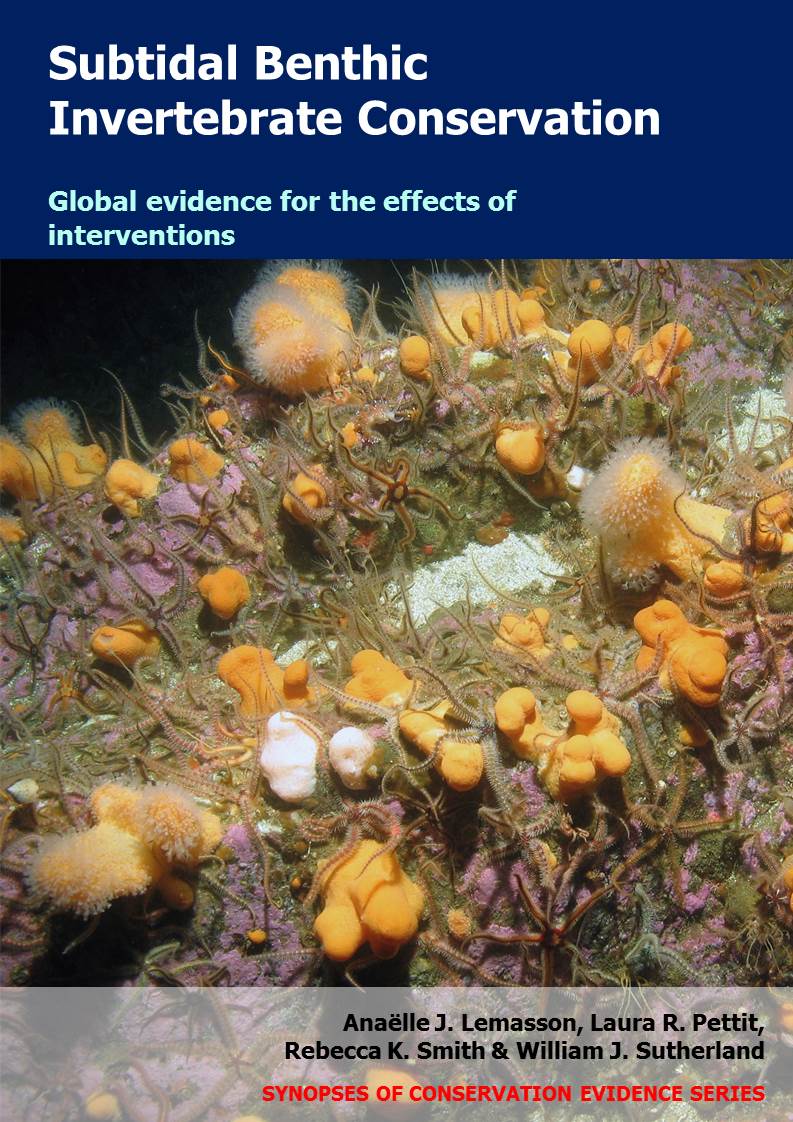Establish territorial user rights for fisheries
-
Overall effectiveness category Unknown effectiveness (limited evidence)
-
Number of studies: 1
View assessment score
Hide assessment score
How is the evidence assessed?
-
Effectiveness
65% -
Certainty
10% -
Harms
0%
Study locations
Supporting evidence from individual studies
A site comparison study in 1993–1994 in two rocky seabed areas in the South Pacific Ocean, central Chile (Manríquez & Castilla 2001) found that an area with territorial user rights for fisheries had larger-sized and more numerous egg capsules, and more larvae of the Chilean abalone Concholepas concholepas compared to an open-access area, up to 21 months after establishing fishing restrictions. Egg capsules were bigger in the semi-restricted area (1.9–2.0 cm) than in the open-access area (1.5–1.6 cm). On average, more egg capsules and larvae were produced annually in the semi-restricted area (1993: 69,300 egg capsules/transect, 429 million larvae/transect; 1994: 76,000 egg capsules, 534 million larvae) than in the open-access area (1993: 6,600 egg capsules, 23 million larvae; 1994: 9,900 egg capsules, 34 million larvae). Between January 1993 and December 1994, one diver surveyed a total of 34 transects (90 m2) across two areas. One area (12 transects in both 1993 and 1994) was under the control of a fishermen’s Union group established in 1993 and semi-restricted to fishing (territorial user rights). The other area was an adjacent open-access fishery ground where harvest of the Chilean abalone occurred year-round (six transects in 1993, four transects in 1994). Along each transects, the diver counted and measured Chilean abalone egg capsules, and estimated the number of larvae.
Study and other actions tested
Where has this evidence come from?
List of journals searched by synopsis
All the journals searched for all synopses
This Action forms part of the Action Synopsis:
Subtidal Benthic Invertebrate Conservation





)_2023.JPG)














